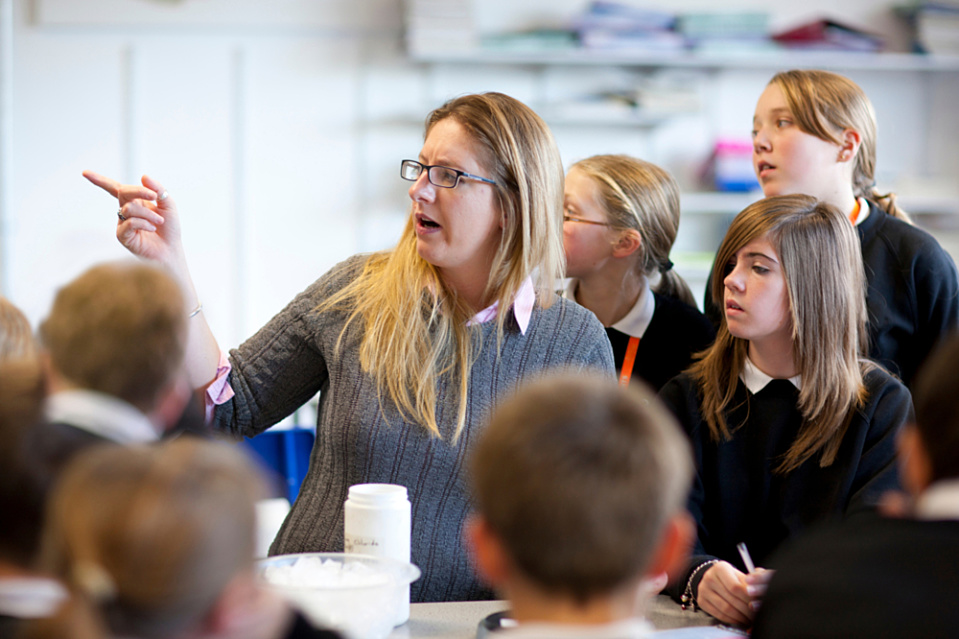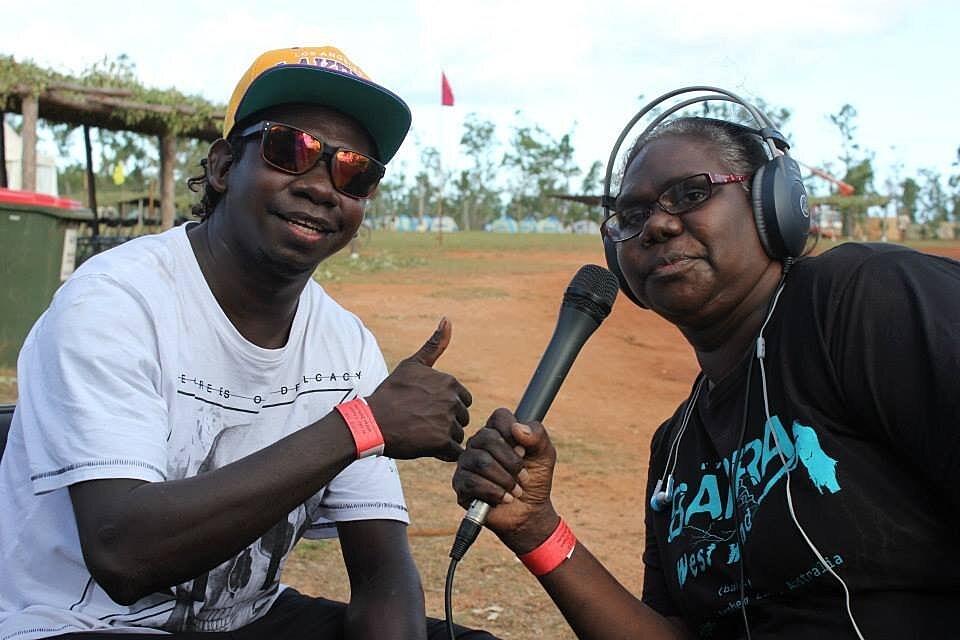
Anti-corruption body tackles grant misconduct risks
Posted on 21 Oct 2025
Victoria’s anti-corruption authority has provided useful guidance for grants managers on avoiding…
Posted on 14 Dec 2021
By Matthew Schulz, journalist, Our Community

An analysis of more than 500,000 SmartyGrants grant applications, representing at least $6 billion of funding by more than 440 grantmakers over eight years, reveals funders making radical shifts in spending as covid-19 hit.
The report, The Future of Funding: What are the priorities and directions of Australian grantmakers?, analyses funds distributed on the SmartyGrants platform between 2013 and 2020.
The study used the platform’s powerful classification system CLASSIE to separate grants into social sector subject areas to show how the money flowed.
This graph shows the proportion of all applications by subject area over the 2019-2020 years, and tracks a shift in grant demand.

Overall, the study found that at the height of covid-19 responses in 2020:

According to the Our Community study by Innovation Lab data scientist Dr Nathan Mifsud, approvals for information and communications grants dropped to just 25% as applications trebled in one year to more than 34,000 in 2020.
He said the spike reflected “a need for organisations to respond to changing service delivery and, for some workers, remote work requirements”.
The state, territory and federal grants approval spike was concentrated in grants worth less than $50,000 and especially in small grants in the $1,000 to $5,000 range. Whereas grant approvals hovered around 53% in 2019, that leapt to 75% as governments raced to get funds out the door.
The reverse was true in local government, where approvals dropped from 70% in 2019 to 54% in 2020, with a dramatic drop in approvals in the $1,000 to $5,000 range. That drop was offset by a moderate rise in approvals for grants worth more than $50,000.
Dr Mifsud said the changed approval rates may reflect a change in local government priorities as a result of covid-19, or a change in the number and kind of applications being submitted, or both. For instance, there may have been a reduction in applications in subject areas associated with smaller grants, and an increase from organisations in subject areas that typically apply for large grants.
The study also saw significant changes in priority spending for economic development, arts and culture, and education. That trend aligned with the support given to businesses, artists, performers and students in the first nine months of the covid-19 crisis.
Despite the increase in funding, demand for grants in key areas continued to outstrip supply. For example, education applications more than doubled to 20,070; health applications rose more than 50% to 15,153; and arts and culture applications spiked at 30,424, up more than 12,000 on the previous year.
Sport and recreation funding dropped down the priority list for funders during the period, losing out as a proportion of total funds allocated, while approval rates dipped from 37% to 29% of applications in 2020.
The study also shows philanthropic foundations and trusts slashed overall grants expenditure during the crisis, diverting funds from large grants to smaller ones.
Approvals for grants worth more than $1 million slumped from 65% to 34% in 2020, while approvals rose for grants worth less than $50,000.
The report is expected to be released in early 2022 and will show a detailed breakdown of priority areas for funders, including top subject and beneficiary groups.
Earlier this year, the SmartyGrants Covid-19 Grantmaking Survey, revealed that in response to the pandemic:
That study also revealed a greater emphasis on community and economic development and a reduction in help for sport and recreation; arts and culture; and environmental causes.
The Future of Funding: What are the priorities and directions of Australian grantmakers?
Grantmakers shift focus, funding and processes, SmartyGrants covid-19 grantmaking survey shows
Federal figures reveal how $60 billion dollars’ worth of grants funding flows
How SmartyGrants responded to the covid-19 emergency
More SmartyStats: How applicants are lodging forms | Funders faster to respond to applications

Posted on 21 Oct 2025
Victoria’s anti-corruption authority has provided useful guidance for grants managers on avoiding…

Posted on 24 Sep 2024
Australians know public schools are underfunded. There are media reports of schools needing to…

Posted on 04 May 2023
A research centre working to understand and combat the scourge of child sexual abuse believes that…

Posted on 04 May 2023
When it comes to funding community broadcasters it makes sense to go to the experts, and that means…

Posted on 12 Sep 2024
Philanthropic expert Genevieve Timmons has updated her book Savvy Giving for a new decade. In this…

Posted on 17 Sep 2024
Funding for local not-for-profit (NFP) and community groups that support areas affected by drought…

Posted on 18 Jun 2024
Engaging children in discussions about gender norms is one of a raft of recommendations contained…

Posted on 05 Mar 2025
Adam Ognall, executive director of partnerships and practice at Philanthropy Australia, considers…

Posted on 07 Feb 2024
Cumberland City Council in the western suburbs of Sydney has enhanced the economic capacity of the…